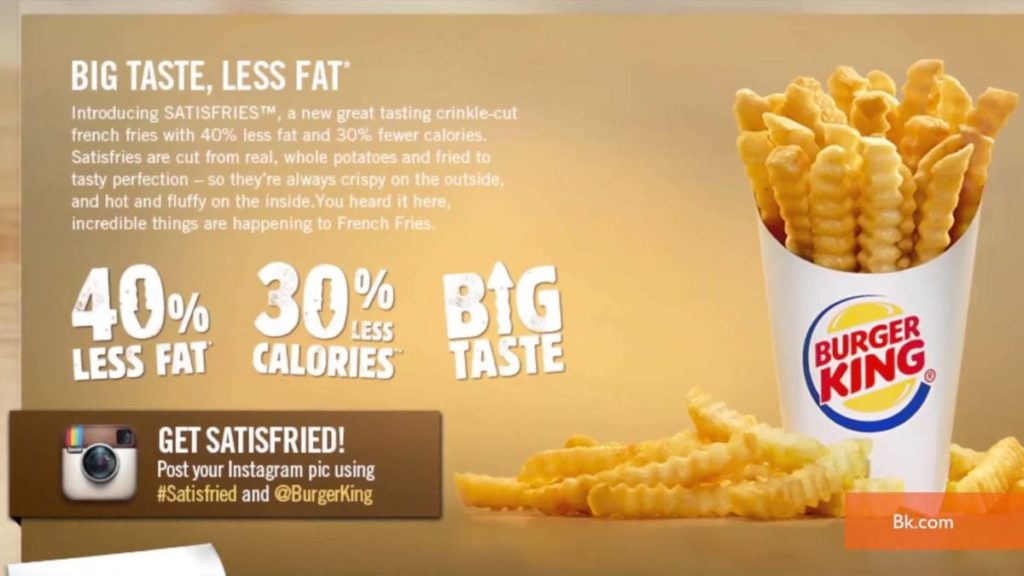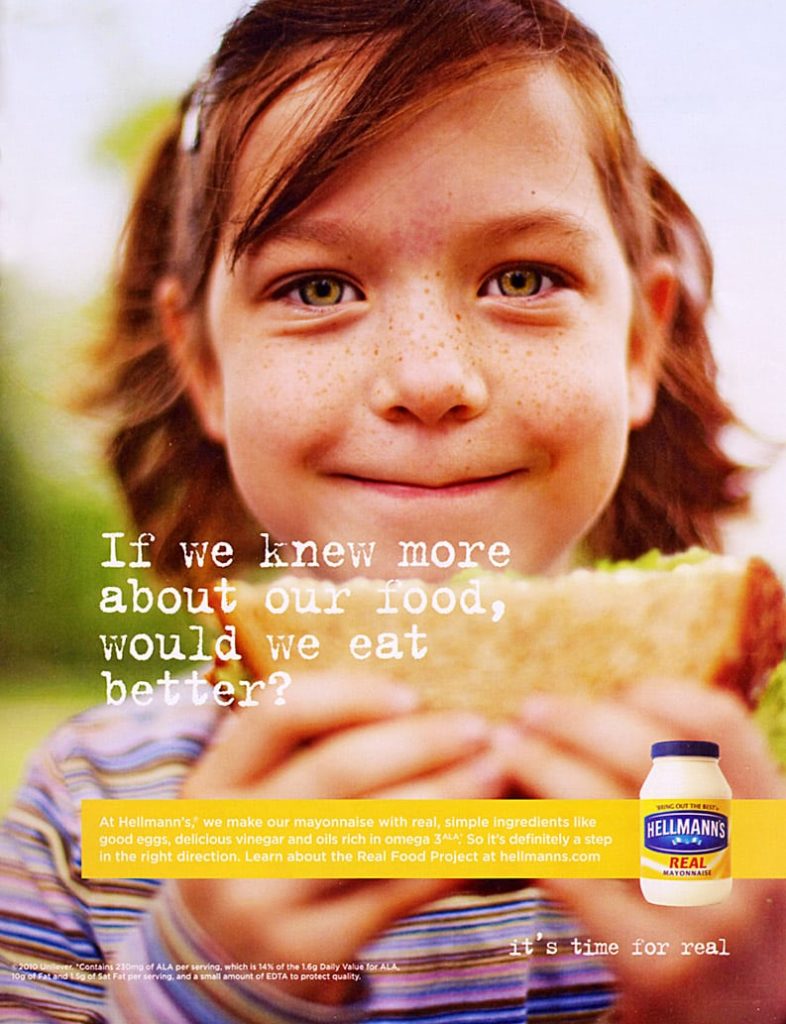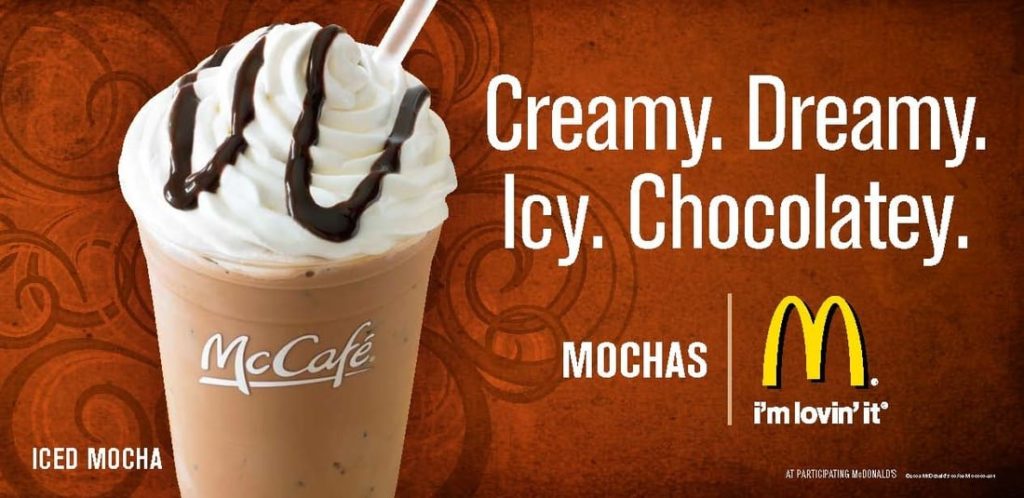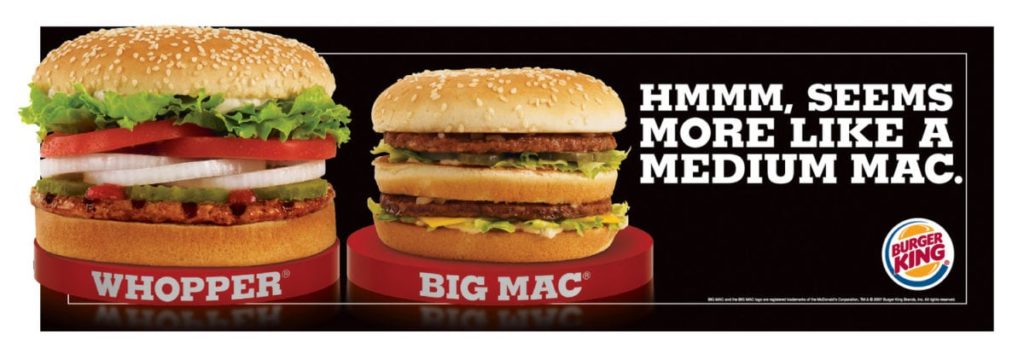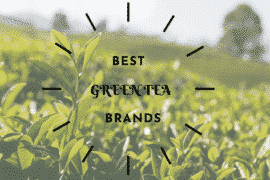Have you ever witnessed real-life examples of propaganda?
Advertisers, influencers, and politicians have been using propaganda techniques for generations now. Simply put, a propagandist uses emotional and persuasive means to derive desired outcomes from others. Mostly for their own personal gains.
As human beings, we begin to lose all sense of rationality when we’re driven by emotions. And that’s exactly how propagandists exploit other people. But the process isn’t as simple as it may seem, In fact, there are a number of different types of propaganda.
In this post, we’ll be providing you with a quick rundown of various propaganda techniques along with their examples.
Table of Contents
Different Propaganda Techniques & Examples of Propaganda
There are seven different types of propaganda techniques. This includes:
1. Bandwagon Propaganda
As human beings, we have this innate desire to fit in. And that’s exactly the kind of follow-the-herd mentality this technique follow.
Bandwagon propaganda is all about persuading the target audience to take action. It’s about creating an urge amongst people to become a part of the “in crowd”.
To enforce such a feeling, advertisers typically use phrases like, “join the crowd” or “trending now” for their products and services.
Propaganda Examples:
Have a look at these examples right here:
Notice how Maybelline uses the phrase “America’s Favorite”?
That’s a way of persuading people to use the product because it is loved by all of America. Pretty smart, isn’t it?
2. Card Stacking Propaganda
Now, this technique is perhaps most popularly used. It involves the deliberate omission of certain facts to fool the target audience. The term card stacking originates from gambling and occurs when players try to stack decks in their favor. A similar ideology is used by companies to make their products appear better than they actually are.
Most brands use this propaganda technique to downplay unsavory details about their products and services. For instance, some companies may cleverly conceal “hidden charges” and only talk about the benefits of their products and services.
Examples of Propaganda
For instance, take a look at this advertisement by Burger King. Notice how they’re (almost desperately) trying to highlight their “low calorie” fries. Assuming they are low calorie, fried food is bad for your health, anyway.
Also, they’ve clearly left out details about how these fries still taste good despite the low trans-fat content.
3. Plain Folks Propaganda
Have you ever noticed how some brands use ordinary folks to promote their products and services as opposed to celebrities?
The ultimate goal here is to demonstrate how the product is meant for everybody and will provide value to everyone. This method is commonly used in the world of advertising as the general public has started to grow skeptical towards paid celebrity endorsements. Today, buyers are on the lookout for REAL experiences instead of the glossy images portrayed on television.
Propaganda Examples:
Take a look at this advertisement right here. It uses a sweet-looking girl to appeal to the audience. The main purpose of the ad is to promote healthy and simple living.
4. Testimonial Propaganda
Testimonial propaganda is popular advertising technique that uses renowned or celebrity figures to endorse products and services. Now in this case, when a famous person vouches for something, viewers are likely to take account of the credibility and popularity of that person.
This establishes trust and boosts the credibility of that particular brand. Consequently, some brands may also use figures like doctors and engineers (basically experts) to promote their products and services.
Examples of Propaganda
Here’s an example:
https://www.youtube.com/watch?v=0nBxcMImubk
Similarly, PepsiCo has continued to use big names such as Shakira, Kanye West, Beyoncé and many more to endorse Pepsi.
5. Glittering Generalities Propaganda
Glittering generalities is a propaganda technique where propagandists use emotional appeal or/and vague statements to influence the audience.
Advertising agencies thus use of phrases like as “inspiring you from within” or “to kick-start your day” to create positive anecdotes. This makes the product look more appealing, resulting in better sales.
For better effect, brands may use hyperboles, metaphors or lyrical phrases to attract more attention.
Examples of Propaganda
For instance, take a look at this advertisement right here.
This Iced Mocha isn’t just icy and creamy, apparently, it’s dreamy too. You probably get the picture.
6. Name Calling Propaganda
Now, this type of propaganda uses a completely opposite approach to glittering generalities. As the name suggests, this propaganda technique involves using derogatory phrases to create a negative opinion about someone or some other brand.
Consequently, the brand may also speak negatively about an idea. For instance, a company that sells plant-based products may talk about how inhumane it is to kill animals. For this purpose, they may also criticize fast food chains businesses.
Examples of Propaganda
For instance, take a look at this advertisement by Burger King and how they’re ridiculing McDonald’s famous Big Mac.
7. Transfer Propaganda
This type of propaganda uses a technique to project certain qualities (this can either be positive or negative) of a person, ideology or object to other things and people.
This kind of propaganda uses many different symbols to achieve a favorable outcome.
Examples of Propaganda
For example, major soft-drink brands were accused of having traces of pesticides a couple of years ago. While these allegations were on the rise, the entire carbonated-drink industry took a hit. During this same period, fruit juices and other drinks were able to do great business.
So Here We Conclude the Different Types Of Propaganda Techniques that Marketers have Been Using to Drive Sales…
We hope this detailed guide has provided you plenty of insight on the different types of propaganda.
Have something to add?
Tell us about it in the comments section below.


